Black Leg Disease In Cattle
Black leg disease in cattle. In a majority of cases affected calves are simply found dead in the pasture with no symptoms of disease. Depression anorexia rumen stasis high fever 41-42 degrees and tachycardia. It is common for cattle.
Edematous and crepitant swelling develops in. It produces an acute local infection and the resulting blood poisoning leads to rapid death. Clostridial spores can enter the body of an animal through skin wounds and contaminated.
Anúncio USDA Licensed Trich Test Detects Trichomoniasis In Bulls In 1 Sample. The young animals should be kept out of such an area. The spores of the organism can live in the soil for many years.
These signs are usually followed by marked lameness with noticeable muscle swelling of the affected legs upper part. The microbe which causes the disease affects the muscles and then starts to spread a poison in the body. What are the Symptoms of Blackleg in cattle.
Clostridia are group of anaerobic spore-forming organisms found in the soilenvironment which produce rapidly fatal disease by secretion of potent toxins. A swelling caused by gas bubbles. The name blackleg derives from the fact that the site of infection is often a leg muscle and that the affected muscle is dark in colour.
The speed with which blackleg kills usually makes individual treatment useless. There is a reduction in feed intake leading to emaciation Rapid breathing High fever Characteristic swellings or inflammation of muscle tissues. In other words cattle that become infected wont directly transmit the disease to other cattle.
Black Leg Quarter in Cattle How Can We Prevent our Cattle from BQ. In the UK black disease is typically associated with migration of.
The symptoms of blackleg in cattle are.
Edematous and crepitant swelling develops in. Blackleg is a fatal disease of young cattle and sheep. These signs are usually followed by marked lameness with noticeable muscle swelling of the affected legs upper part. Edematous and crepitant swelling develops in. There is a reduction in feed intake leading to emaciation Rapid breathing High fever Characteristic swellings or inflammation of muscle tissues. The speed with which blackleg kills usually makes individual treatment useless. A swelling caused by gas bubbles. Blackleg seldom affects cattle older than 2 years of age most likely due to immunity induced by vaccines or natural exposure. The dead body should be buried or burnt.
The bacteria enters the calf by ingestion and then gains entrance to the. The name blackleg derives from the fact that the site of infection is often a leg muscle and that the affected muscle is dark in colour. At the onset of infection affected cattle may exhibit a fever though the fevers often subside as the disease. The speed with which blackleg kills usually makes individual treatment useless. Blackleg is a highly fatal disease of young cattle caused by the spore forming rod shaped gas producing bacteria Clostridium chauvoei. Throughout 2017 the Texas AM Veterinary Medical Diagnostic Laboratory TVMDL diagnosed a significantly increased number of blackleg cases. In a majority of cases affected calves are simply found dead in the pasture with no symptoms of disease.
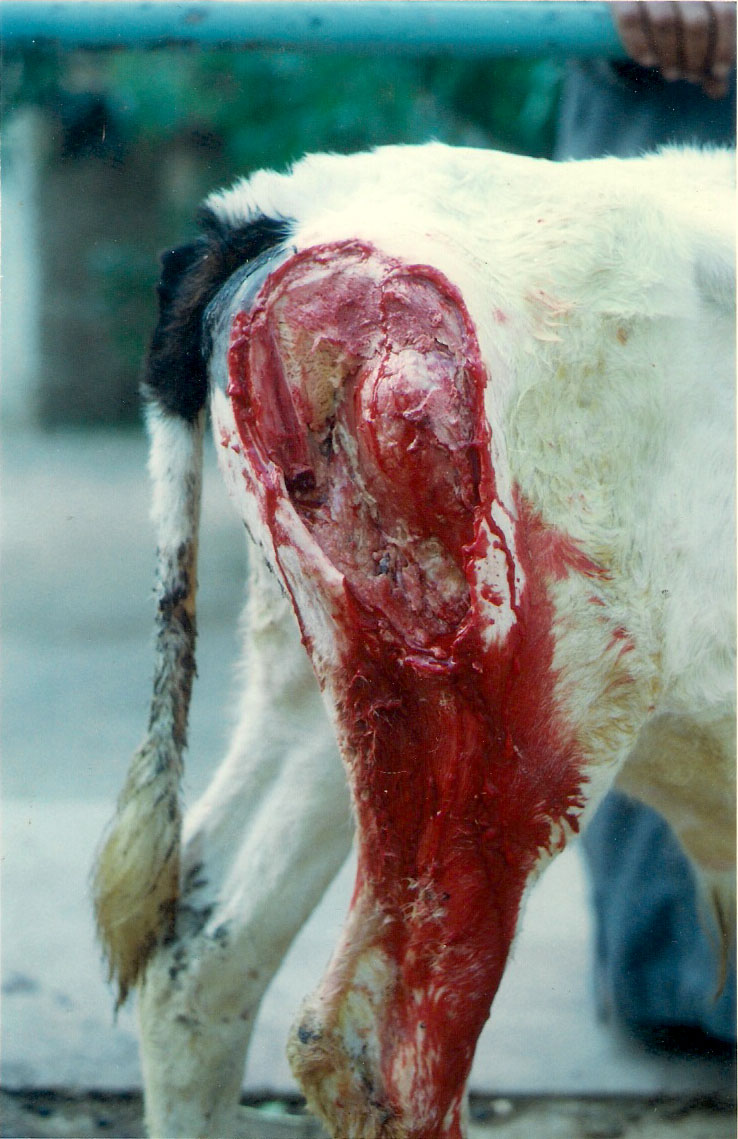




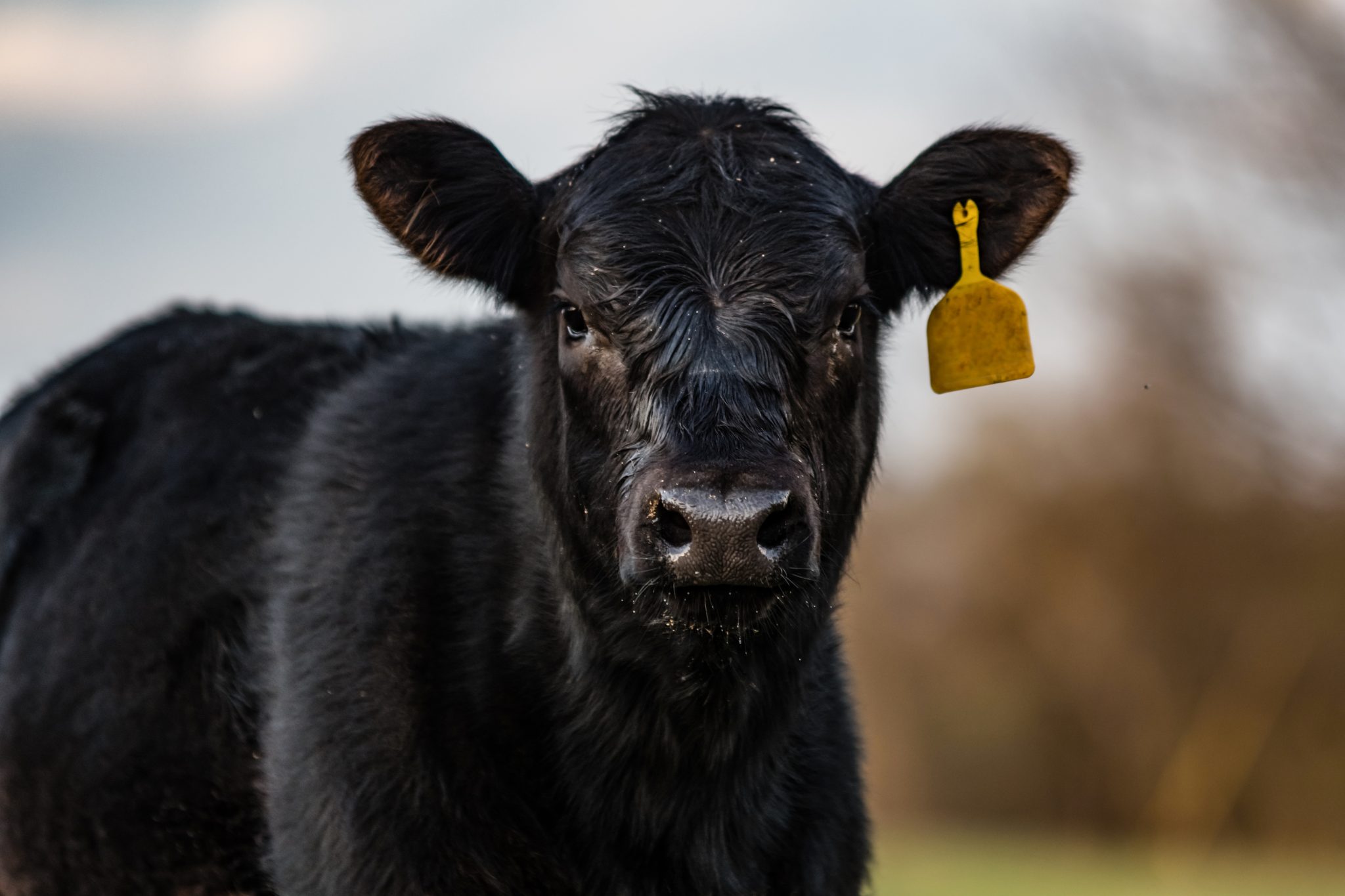

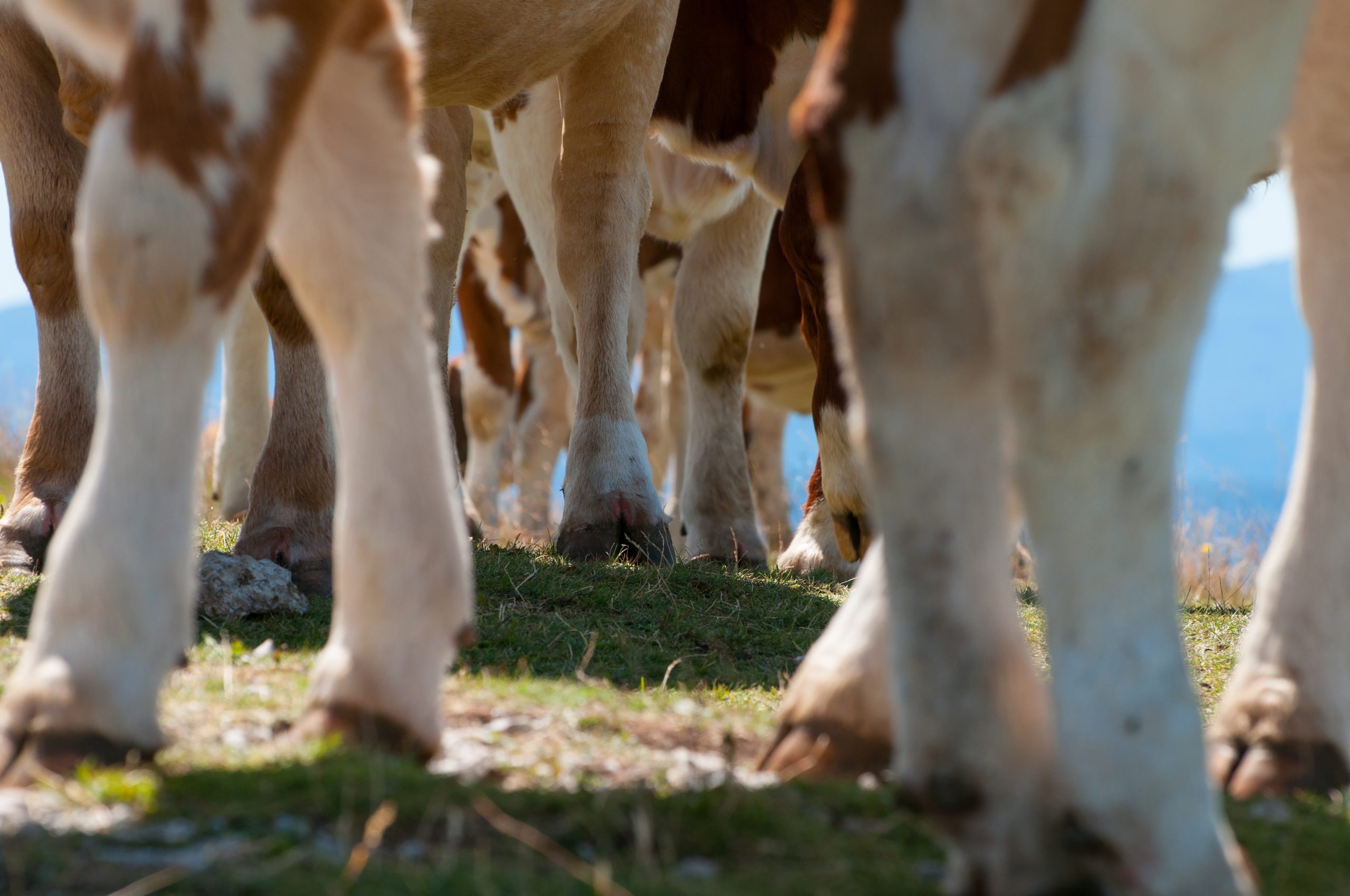
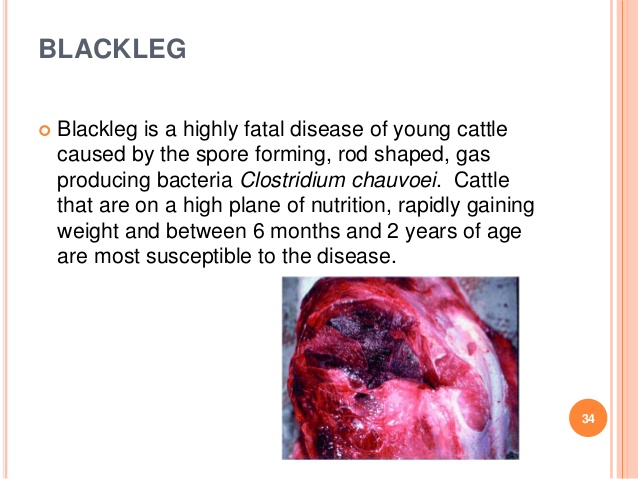



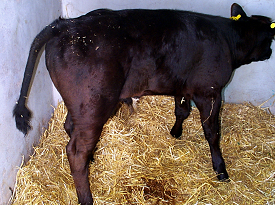
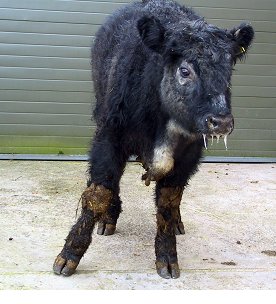
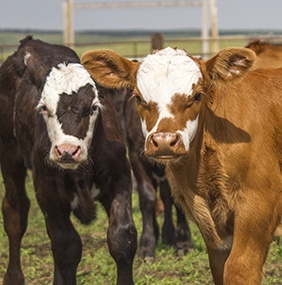

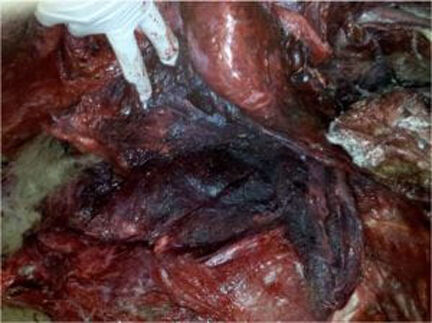


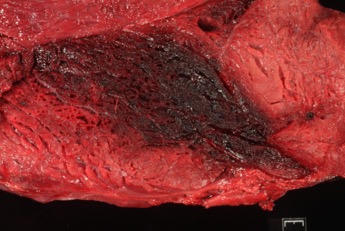


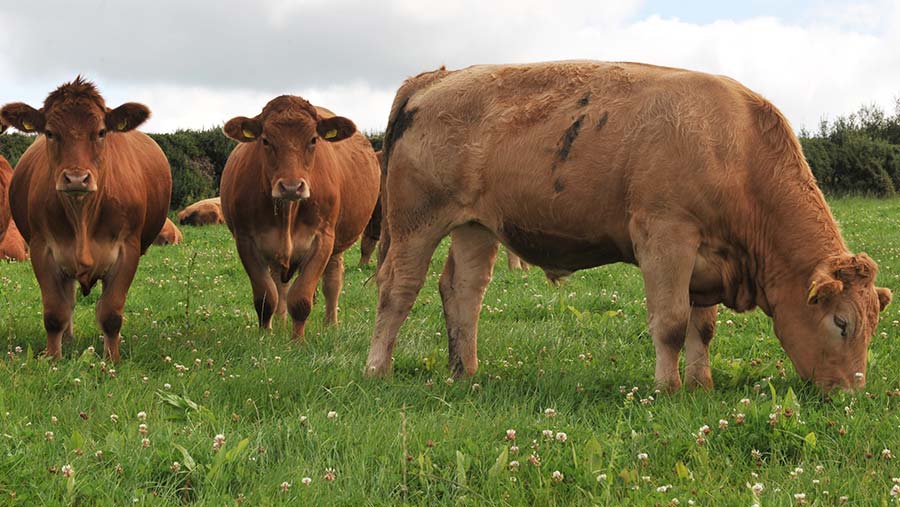
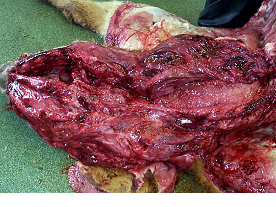
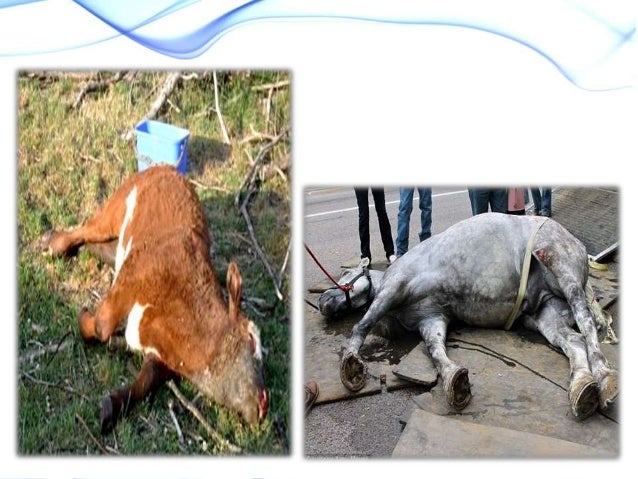
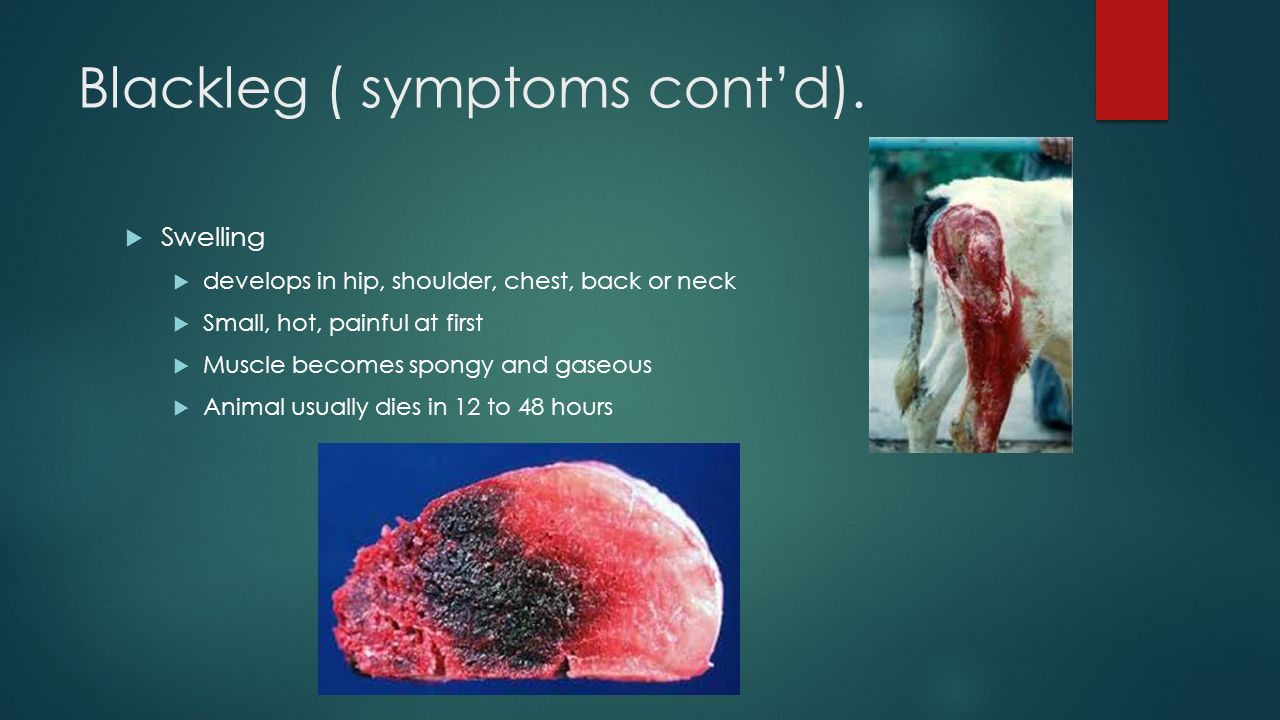
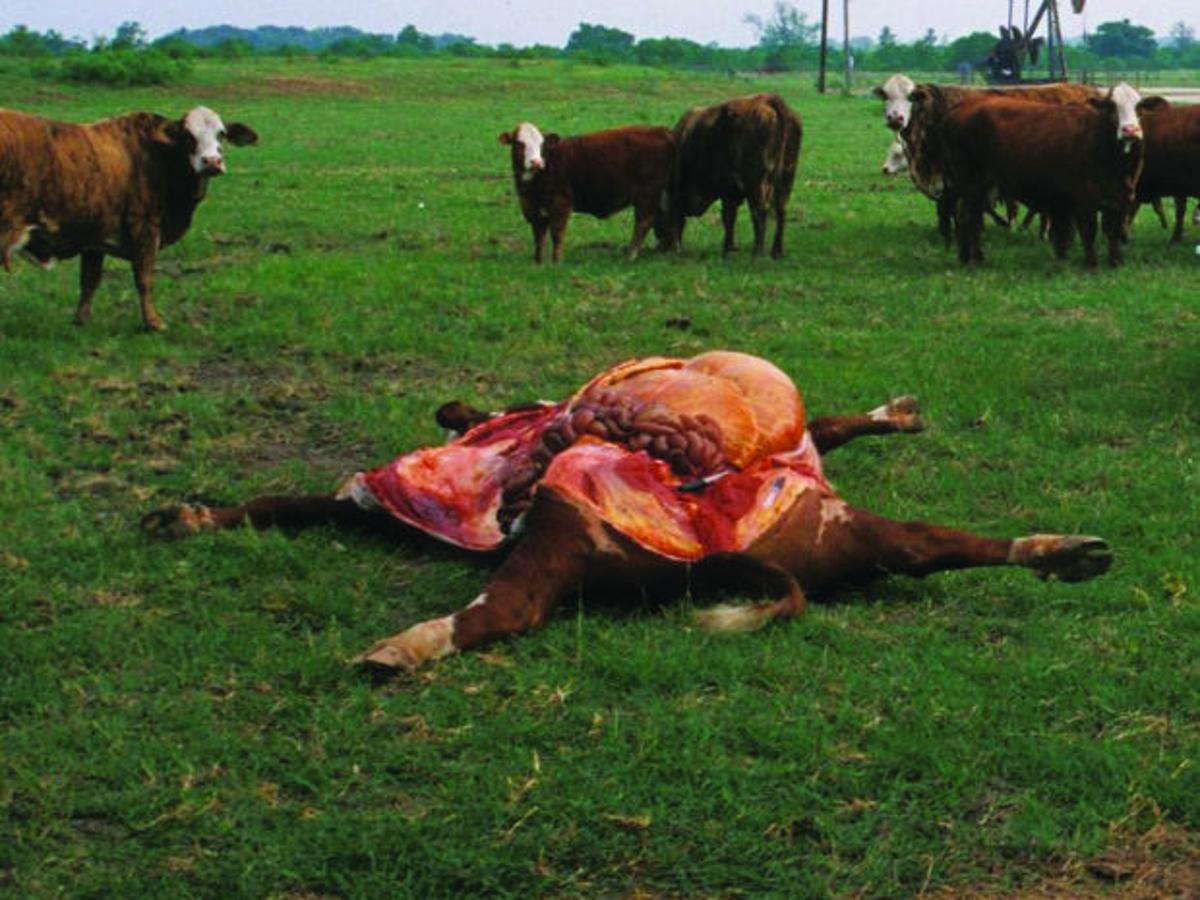

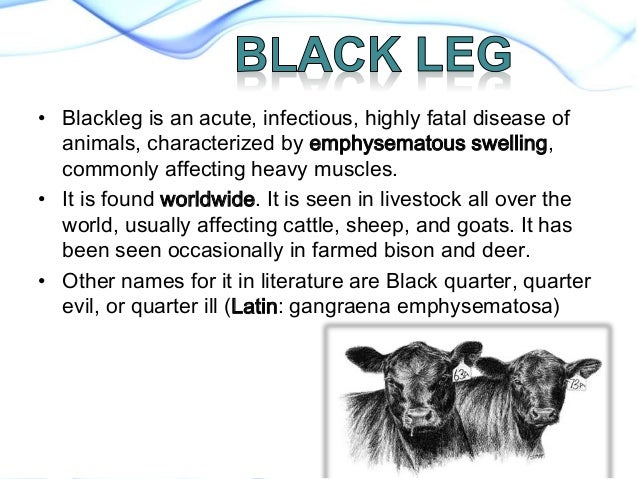







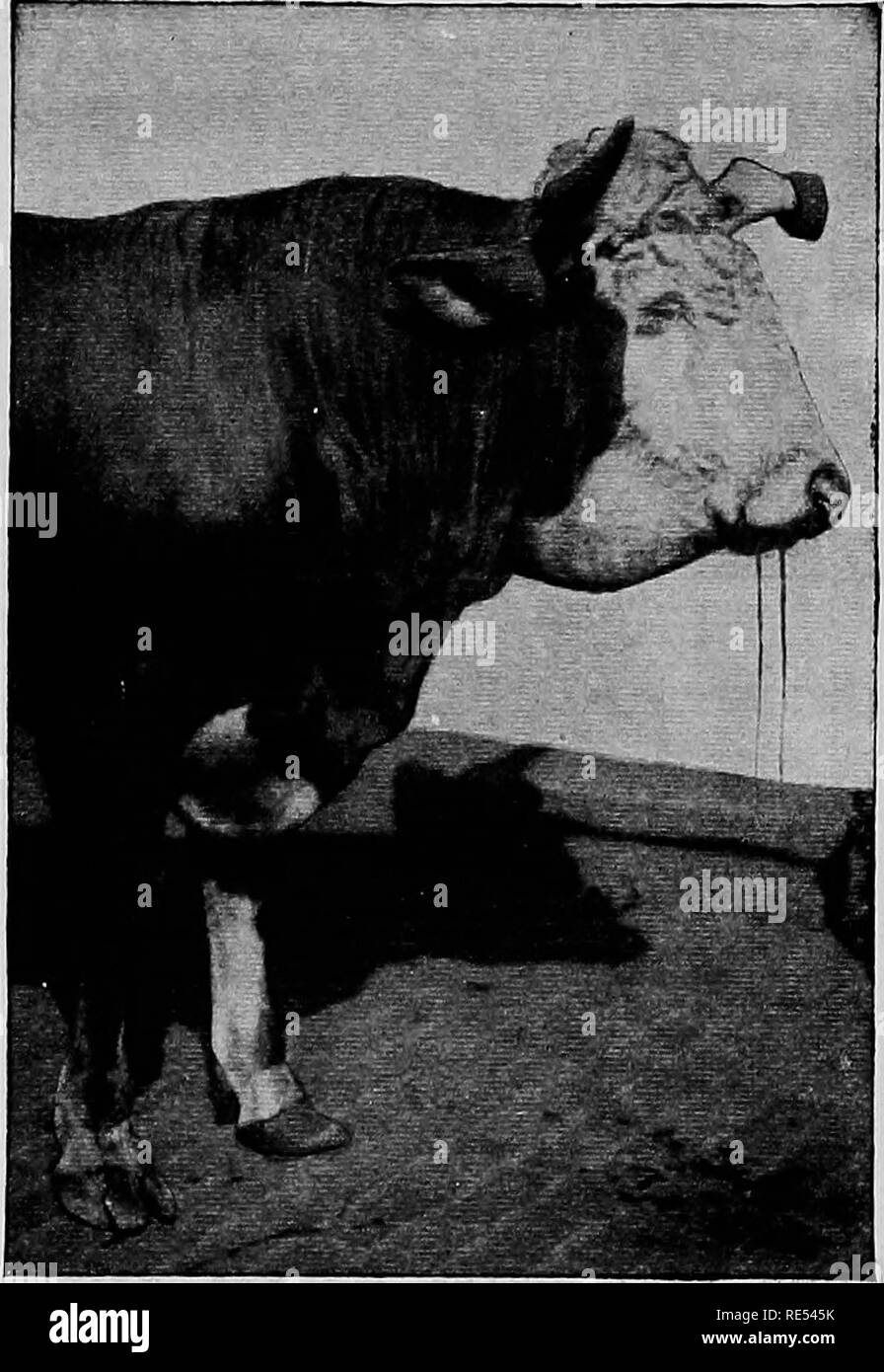
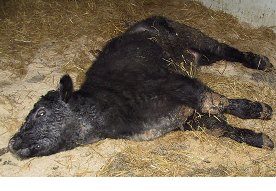

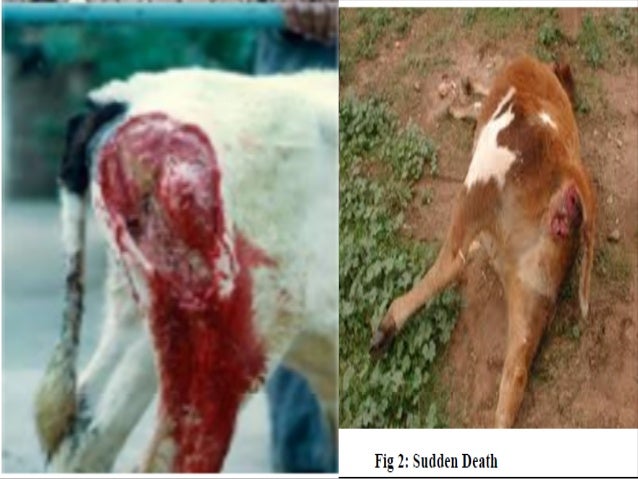
Post a Comment for "Black Leg Disease In Cattle"